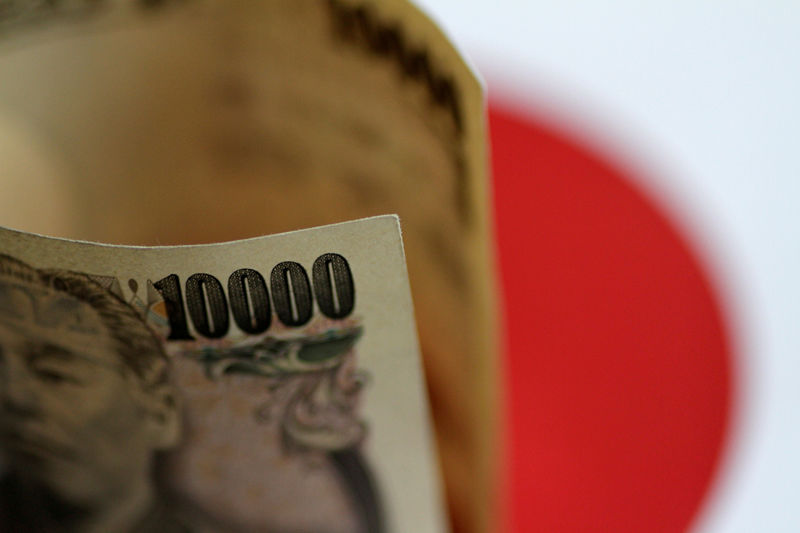© Reuters.
The yen is experiencing a significant drop, nearing historic lows against the euro and dollar due to ineffective adjustments in Japan’s yield control policy that have been unable to close broad interest rate gaps pressuring the currency for years. In early Asian trading today, the yen fell 1.7% overnight, hitting a low of 151.74 against the dollar and breached 160 per euro, a first since 2008.
This downturn comes after the Bank of Japan (BOJ) tweaked its yield curve control policy, marking another step towards reversing its controversial decade-long monetary stimulus. Despite progress towards a 2% inflation target, BOJ Governor Kazuo Ueda signaled no rush to end this policy or negative interest rates. Alan Ruskin, a macro strategist at Deutsche Bank, stated no clear new official approach to strengthen the yen was evident.
Investors had anticipated a more hawkish decision from the BOJ, contributing to the yen’s slide. Shaun Osborne suggested that unwinding of positions ahead of this decision might have also influenced the yen’s weakness.
Japan’s top currency diplomat noted speculative recent moves in the yen, putting authorities on standby to intervene. However, despite raising inflation forecasts, the Bank of Japan did not alter policy rates, effectively ending its strict yield-curve control policy.
In the U.S., Q3 data indicated a solid rise in labor costs as per the Employment Cost Index (ECI), and annual home price growth accelerated for a third consecutive month in August. These positive indicators, alongside a surge in U.S. Treasury yields and stock market sell-off, hint at the Federal Reserve maintaining high interest rates for an extended period, an outcome likely to be confirmed at their ongoing two-day policy meeting.
Meanwhile, global economic factors such as softer European growth, a slump in Chinese factory activity, and China’s Caixin PMI data are influencing currency dynamics. James Malcolm, a UBS currency strategist based in London, suggested that nominal 10Y rate spreads now warrant dollar/yen lower.
On the other hand, the New Zealand dollar slipped due to soft employment data, while sterling fell slightly ahead of the Bank of England’s rate decision, where unchanged rates are anticipated.
This article was generated with the support of AI and reviewed by an editor. For more information see our T&C.
Read the full article here
